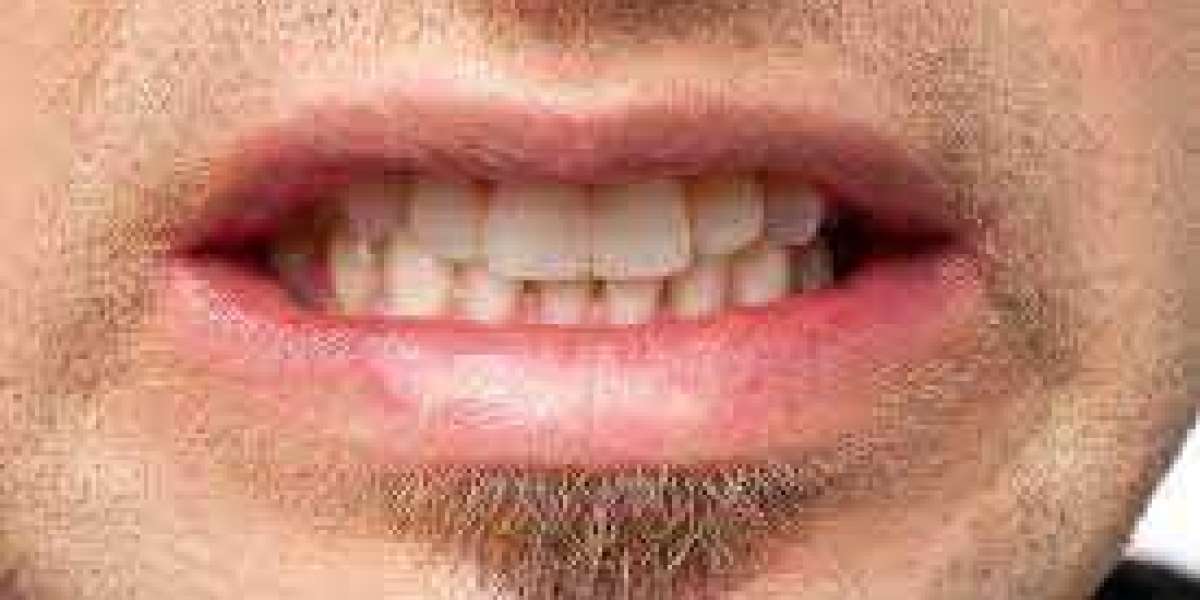Bruxism, or teeth grinding, affects millions of people and often goes unnoticed until it causes significant discomfort or damage. Comprehensive care for bruxism, from mouthguards to therapy, is essential for effectively managing the condition and preventing long-term oral health issues. Bruxism can occur during the day or night and is commonly linked to stress, misaligned teeth, or certain lifestyle habits. Addressing it requires more than just a one-size-fits-all solution—successful Teeth Grinding involves a blend of dental intervention and behavioral strategies.
The Role of Mouthguards in Protecting Teeth:
Mouthguards, especially custom-fitted night guards, are a frontline defense against the physical damage caused by bruxism. These dental devices are worn during sleep and act as a protective barrier between the upper and lower teeth.
Prevent enamel wear by minimizing direct tooth-to-tooth contact
Reduce jaw muscle strain by limiting the force of grinding
Protect dental work such as crowns and fillings
Improve sleep quality by reducing disruptions caused by grinding sounds
Custom mouthguards from a dentist offer a better fit and durability compared to over-the-counter options and are often recommended for moderate to severe cases.
Identifying and Addressing Root Causes:
While mouthguards protect the teeth, they don’t treat the underlying reasons for bruxism. A thorough assessment is critical to uncover the root causes, which may include:
Stress and anxiety: Leading to unconscious clenching
Sleep disorders: Such as sleep apnea, which can increase nighttime bruxism
Poor bite alignment: Causing improper contact between teeth
Lifestyle habits: Including caffeine, alcohol, or tobacco use
Dentists often work in collaboration with physicians, psychologists, and sleep specialists to create a personalized treatment plan that targets these root issues.
Behavioral and Physical Therapies:
Therapies that address behavioral and muscle-related factors play a key role in comprehensive bruxism care. These treatments can retrain habits and relieve physical tension that contributes to Teeth Grinding Treatment.
Biofeedback therapy: Helps individuals become aware of jaw tension and control their muscle responses
Physical therapy: Focuses on improving posture, relaxing facial muscles, and reducing tension in the neck and shoulders
Jaw exercises: Promote muscle balance and reduce stress-related clenching
These approaches are especially effective when bruxism is linked to daytime stress or repetitive physical strain.
The Power of Psychological Support:
Psychological therapies can make a dramatic difference for individuals whose bruxism is stress or anxiety-induced. Cognitive Behavioral Therapy (CBT) is one of the most well-supported methods in this area.
Identifies stress triggers that contribute to bruxism
Develops healthy coping mechanisms to handle anxiety and emotional tension
Breaks the cycle of clenching or grinding in response to stress
Promotes long-term mental well-being that reduces bruxism recurrence
Incorporating psychological care into the treatment plan makes the approach more holistic and more likely to succeed over time.
Creating a Long-Term Bruxism Management Plan:
A comprehensive care plan for bruxism doesn’t stop at initial symptom relief—it continues with long-term strategies to maintain oral health and prevent relapse. Patients are encouraged to adopt and sustain lifestyle habits that support bruxism management, such as:
Maintaining consistent sleep patterns to reduce fatigue-induced grinding
Practicing daily relaxation techniques like meditation or deep breathing
Limiting stimulants like caffeine or nicotine that exacerbate tension
Scheduling regular dental checkups to monitor progress and adjust treatment
When patients understand the full range of available options, from mouthguards to therapy, they are empowered to take control of their oral and mental health. Comprehensive care for bruxism, from mouthguards to therapy, ensures both immediate relief and long-term prevention, offering a balanced approach that addresses both the symptoms and the source.











